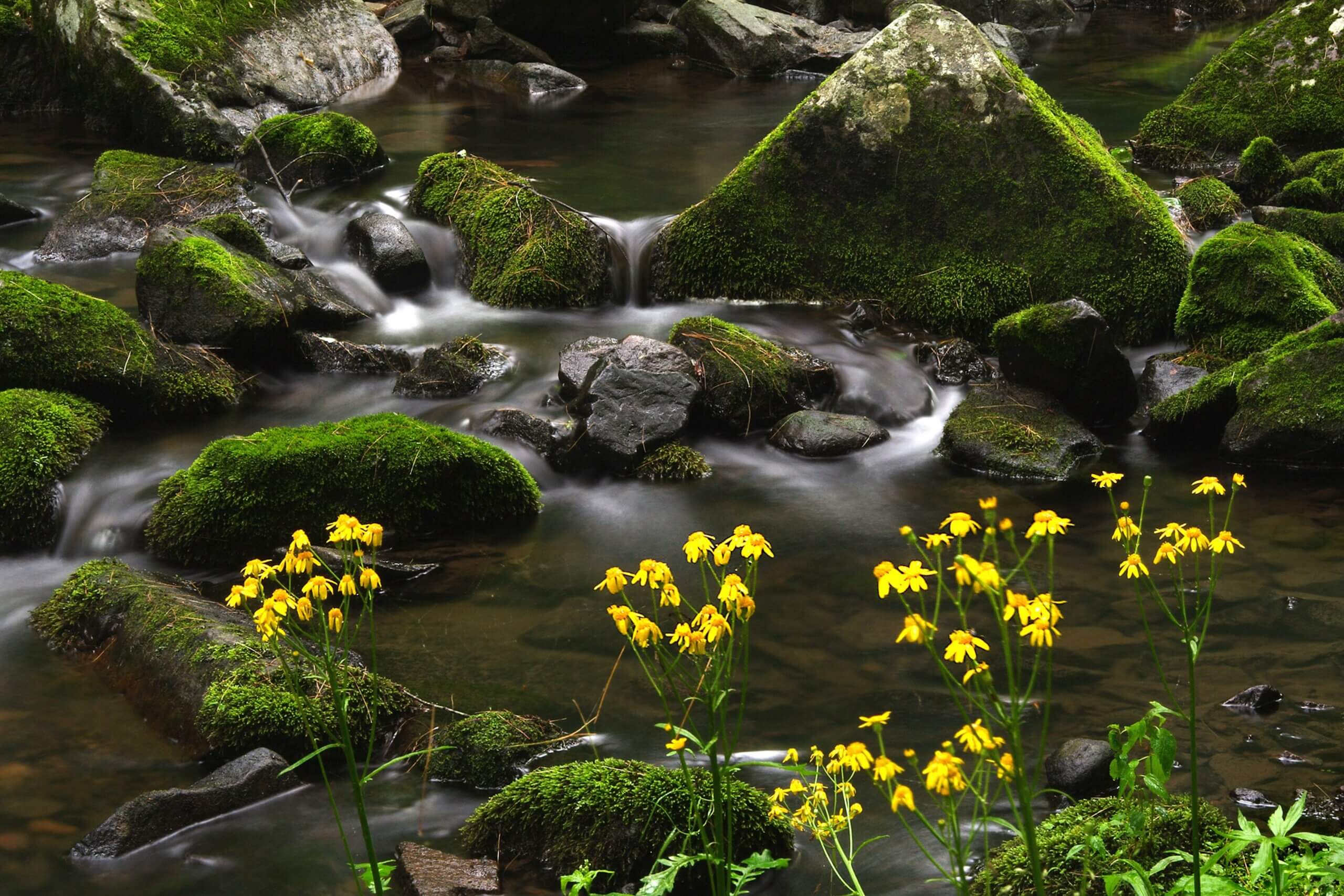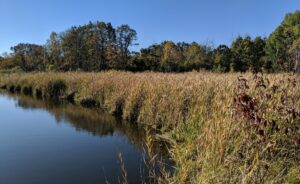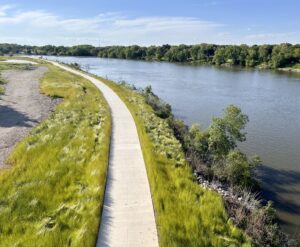Remarkable for the large area of deep forest and the mountain-like creek that it protects, Baxter’s Hollow is The Nature Conservancy’s largest preserve in Wisconsin. Despite years of human habitation, this area still seems wild and untouched.
TNC first came to the Baraboo Hills in the early 1960s at the request of local residents and university professors who recognized the unique nature of this area. They wanted TNC’s help in protecting it.
Baxter’s Hollow is an important site for at least two reasons: it contains a good portion of the Otter Creek watershed, and it provides the deep woods that forest songbirds need.
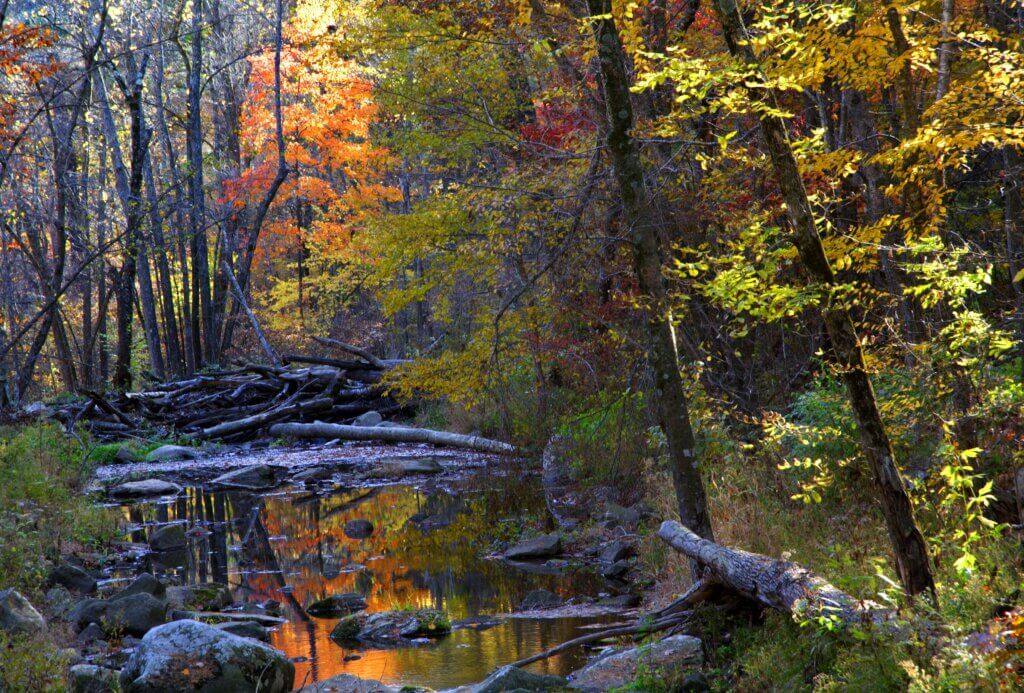
Since 1969, TNC has steadily been acquiring parcels of land here. Private landowners in the Baraboo Hills have been important to TNC’s preservation efforts at Baxter’s Hollow, making cooperative conservation of this critical bird and wildlife habitat possible.
Equally as critical has been support from the Knowles-Nelson Stewardship Program. Between 1993 and 2020, TNC has received Stewardship grant funding for 26 tracts, making it possible to add 1,575 acres to the total 5,803 acres of protected lands in Baxter’s Hollow.
Nestled in the Baraboo Range, Baxter’s Hollow provides critical habitat for neotropical migrant birds that require large blocks of unbroken forest for breeding success. The oak, maple, hickory, and basswood forest of the Baraboo Range is the largest block of upland forest remaining in Wisconsin. Sixty-eight percent of all bird types in the ecoregion reside in the Baraboo Range, even though it covers less than 0.5% of the entire ecoregion. More than 40 species of birds breed in Baxter’s Hollow.
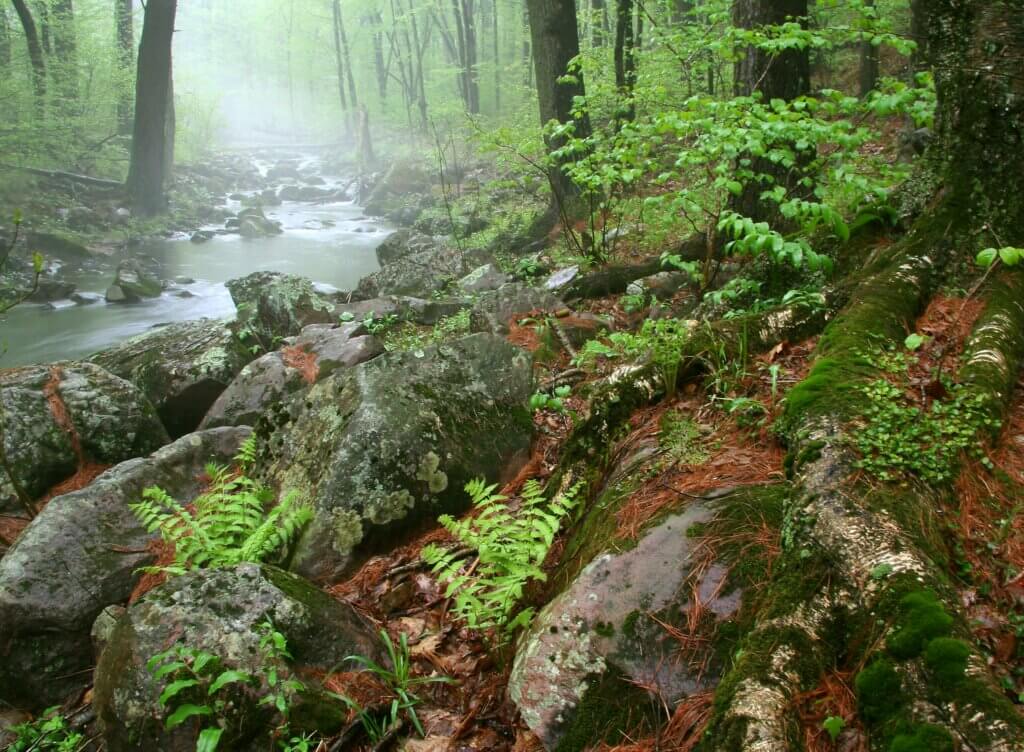
The Baraboo Range also harbors more than half of Wisconsin’s native vascular plant species. Baxter’s Hollow is home to many rare and unusual plant species because of the cool, moist microclimate created by the rugged terrain. Otter Creek, which flows through the preserve, has exceptional water quality and provides a uniquely favorable habitat for many insects that have an aquatic life stage.
The diversity of landscape features and microclimates makes Baxter’s Hollow an especially important sanctuary for plant and animal species as they adapt to the effects of climate change. The Nature Conservancy recently unveiled their Resilient and Connected Land Mapping Tool that identifies these places nationwide, with the Baraboo Hills bluff country—and Baxter’s Hollow—playing a crucial role.
Protecting the Baraboo Range is a joint effort: TNC has protected more than 11,000 acres; the Wisconsin Department of Natural Resources has protected more than 10,000 acres; Sauk County has protected 3,100 acres; the Baraboo Range Preservation Association has protected 3,740 acres; and the Wisconsin Society for Ornithology has protected 372 acres.
Featured image by Steven S. Meyer, courtesy of TNC.

